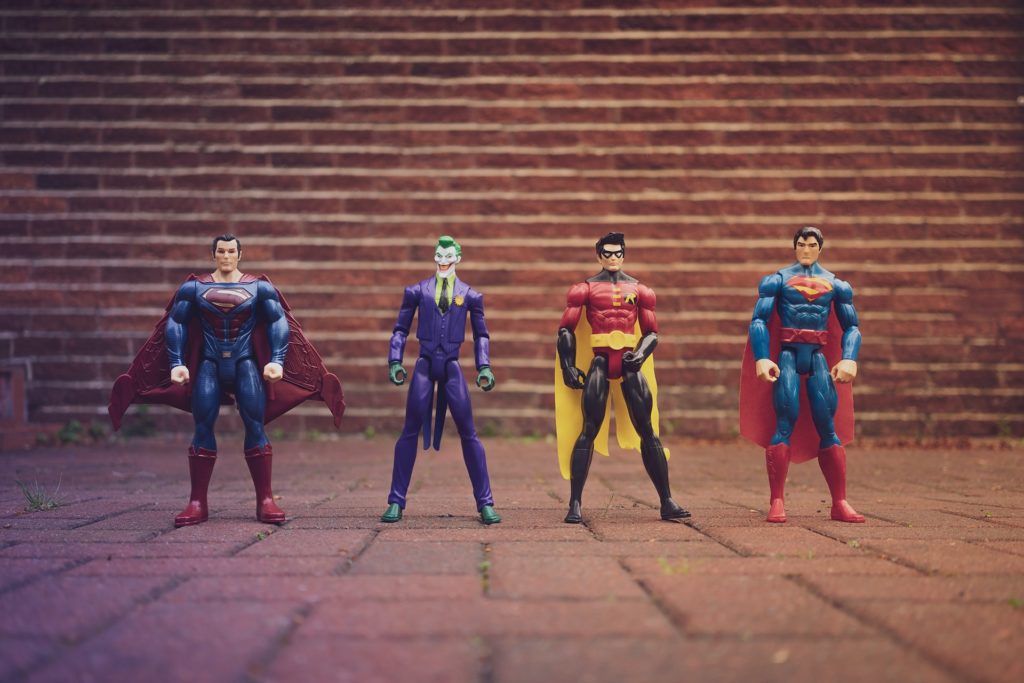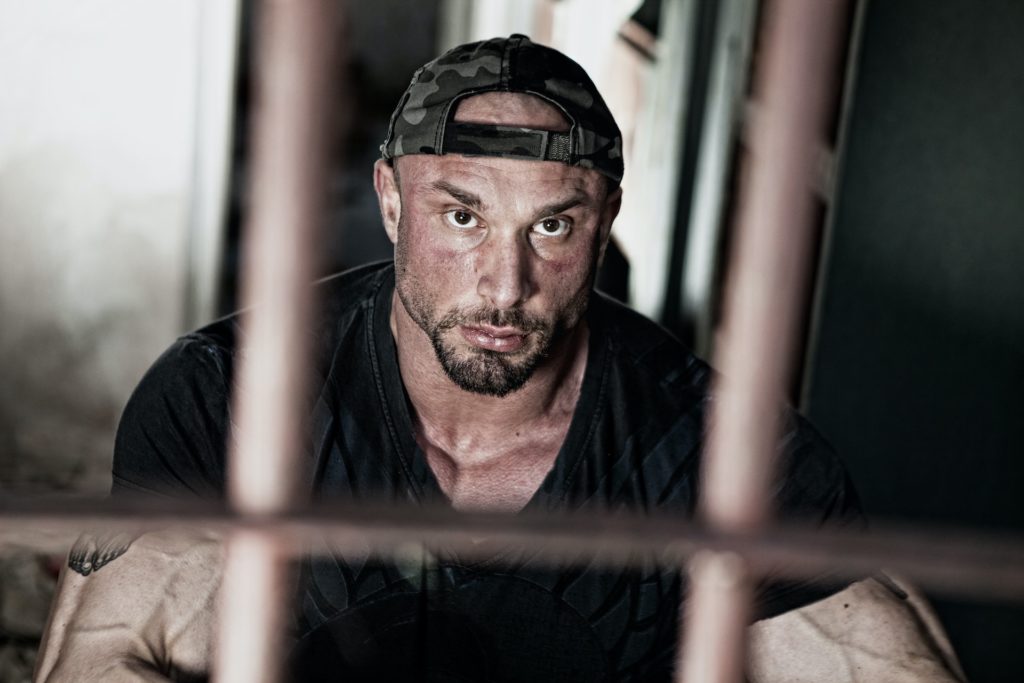This is How Depression and Toxic Masculinity Manifests in Males
I recently saw Kelvin, an 18-year-old high school senior, after he attempted suicide in the context of heavy cannabis abuse, bullying, and disruptive behavior in class. Always seen as a “strong silent type” and a “real man,” this 6’1” fullback on his football team is remembered by parents as a lonely little boy who didn’t feel he was as good as his classmates. When they said, “You seem sad,” he would say, “No, I’m fine.”
In adolescence, however, the doubt and fear, and insecurity seemed to fade and what appeared instead was irritability, impatience, defiance, and bravado. His sudden drug overdose took everyone by surprise and revealed the brittle nature of Kelvin’s self-confidence, bravado, and denial of pain.
The lonely little boy had been there all along but was unable to find a voice. No one considered K depressed or anxious. “He kept everything to himself,” reflected his parents.
Kelvin was the first of several young men I saw who followed a similar path – early vulnerability and emotional stress that they later drove underground. They were all depressed without the typical signs and symptoms of emotional distress. This led me to think about the ways young men experience, express, and try to avoid painful emotions.
“Real Men” and Emotional Pain
Too often, society forces boys into becoming what they are not. From an early age, we teach boys about competition, strength, and bravery, but what we don’t teach well enough is that it is ok to be tender, to feel afraid and sad, and to sometimes be gripped by self-doubt and feelings of inadequacy. When these human experiences are not “seen” and sharing one’s feelings is viewed as signs of weakness, young men find other ways to both express and protect themselves against painful emotional experiences.
Males who have not been socialized to accept their tender and emotional vulnerability often do not learn the complex language of emotion and, instead, have only one acceptable affective channel open to them – anger.
It is more acceptable for males to be irritable and angry when the underlying experience is one of pain, hurt, fear, or sadness. But what if those feelings have not been allowed to develop but, instead, lie dormant, without words for those emotional concepts? Lisa Feldman Barrett proposed a theory of constructed emotion, which explains that emotions are social constructs, which, if not perceived by the individual, can’t be incorporated as part of the self.
In other words, if feelings of vulnerability, sadness, and tenderness are not seen, allowed, and labeled in boys, they may have a form of “emotional blindness.” As they develop, they remain dormant potentials – emotions that have never reached the level of conscious feelings.
Anger thus becomes the final pathway for all the feelings that are not allowed to develop in boys. People, but men, in particular, seek ways to protect themselves from emotional pain and vulnerability. Seeking excitement, externalizing conflicts, angry outbursts, and seeing weakness and passivity in others are typical ways that men seek to circumvent vulnerability.
When taken to an extreme, substance usage, defiance of authority, hypermasculinity, and bullying can all be ways that males avoid emotional pain. For many, it is better to be mad or bad, than sad.
Proud Boys: Hegemonic and Toxic Masculinity
Hegemonic masculinity refers to the concept of masculine dominance of women and other men and forms the basis for societal stereotypes of what it means to be a “real man.”
As a system of belief and identity, hegemonic masculinity rests on the domination of women and relies on a hierarchy of dominance over other men. In shaping how we socialize males, hegemonic masculinity becomes the aspirational model for many young men.
In modern society, this model includes ruthless competition, inability to express any emotion other than anger, and resistance to acknowledging fear, self-doubt, or dependency feelings. A natural tactic is to devalue women and look for weakness and passivity in other men.
Toxic masculinity is a more destructive extreme of hegemonic masculinity. It fosters:
- domination of others,
- misogyny,
- homophobia, taken to a more violent extreme.
In prison settings, we see hypertrophied forms of hypermasculinity, where domination and intimidation are assets, and dependency and tenderness are liabilities.
Witness strands of toxic masculinity in our national fractured landscape with the rise of Alt-right white supremacy groups like the Proud Boys. It’s interesting how the group took its name to protest the song in Disney’s Aladdin called “Proud of Your Boy,” which the leadership felt disparaged men. The group, which describes itself as a “Western chauvinistic men’s club,” is known for its racist, xenophobic, and misogynistic views, proudly adheres to the ethos of male domination.
Called a form of protest masculinity, groups like Proud Boys are formed in reaction to the perceived loss of economic and political power of white male members. Of course, the group sees the President as alpha male, who emboldened their rise from the shadows and fuels a hope that we can return to a time when real men (white men primarily) dominate and those who disagree are seen as passive and weak.
Trump’s modus operandi during the first debate was to dominate and portray his opponent as passive, weak, and afraid.

Summary: Masculinity and Depression
I see this problem in many of the young men I evaluate. But my patients are not prisoners; they are privileged graduates of elite schools for boys. Many are athletic, of at least average intelligence, who come from good families. But in their development, there is an intolerance of dependency, fearfulness, sadness, and worries about inadequacy.
In each of these young men, there was an early history of strong dependency, shyness, loneliness, and insecurity, which gave rise to emotional distress.
However, at an early age, they learned that to talk about their feelings was a form of feminizing weakness. They feared being seen as what the President of the United States would call “a bunch of pussies.” Eventually, they succumbed to a culture of toxic masculinity where weakness and passivity were externalized and attacked.
Because these young men hadn’t developed capacities to conceptualize their pain, they felt an emotional void, one that became filled up with anger and sensation-seeking. In high school, if not before, they discovered vaping, drinking, and smoking weed. Not only were these forms of bonding and defiance of authority, they fundamentally became defenses against doubts and fears and worries.
What was missing in the young men when they went off to college was an acceptance of their underlying vulnerability and their trust that it is safe to admit fears of separating, expressing needs, or showing tenderness. Sadly, these “real men” continued to abuse substances and work overtime to dull the muffled pain inside, until their brittle defenses crumbled.
Disclaimer
“Kelvin” is a disguised composite of several patients. I’ve painted with an admittedly broad brush and spoken in generalities about the socialization of males. Of course, there are exceptions. Increasingly, parents seek to humanize their little boys’ gender development, fostering awareness and tolerance of all feelings, which, over time, will help these boys develop sturdy, instead of brittle, masculine identities.
Such parents and other corrective forces in society can free young boys from the prison of hegemonic and toxic masculinity, and by doing so, help them learn what a “real man” is.
***
Connect with J. Herman Kleiger here: Twitter, Facebook, Instagram, and Goodreads.
Purchase his book The 11th Inkblot here


